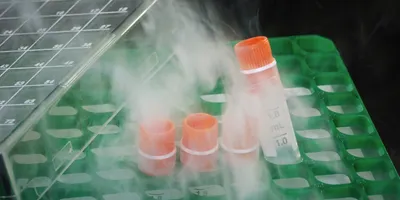For any applications that require repetitive pipetting tasks, such as serial dilutions, PCR, sample preparation, and next-generation sequencing, automated liquid handlers (ALHs) are the way to go. Apart from performing these and other tasks more efficiently than manual options, ALHs have several other benefits, such as reducing the risk of cross-contamination and improving traceability with barcode scanning features. For a list of ALH manufacturers, see our online directory: LabManager.com/ALH-manufacturers
7 Questions to Ask When Buying an Automated Liquid Handler
- What is the volume range?
- Will the ALH be used for many different applications and is it compatible with multiple labware formats?
- Can the ALH be remotely monitored?
- If you need to automate plate handling, will the ALH accommodate plate stackers or robotic arms?
- If you require specialized pipette tips, does the ALH support them?
- Will you require other capabilities such as vacuum, magnetic bead separation, shaking, and heating and cooling
- How easy is the system to use and set up?
Maintenance Tip
There’s more that goes into maintaining an ALH than just recalibrating it annually. If your contract permits, ensure that the service technician also lubricates the robotics, evaluates the syringe pumps, and replaces worn components and consumables.
Trends in Liquid Handling
Curious about the current state of liquid handlers? This article outlines some of the obstacles, advances, and purchasing options you may encounter with today’s automated liquid handlers: www.LabManager.com/current-liquid-handlers











